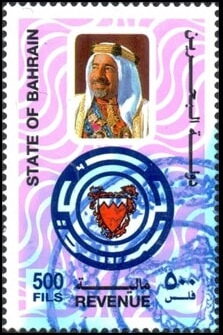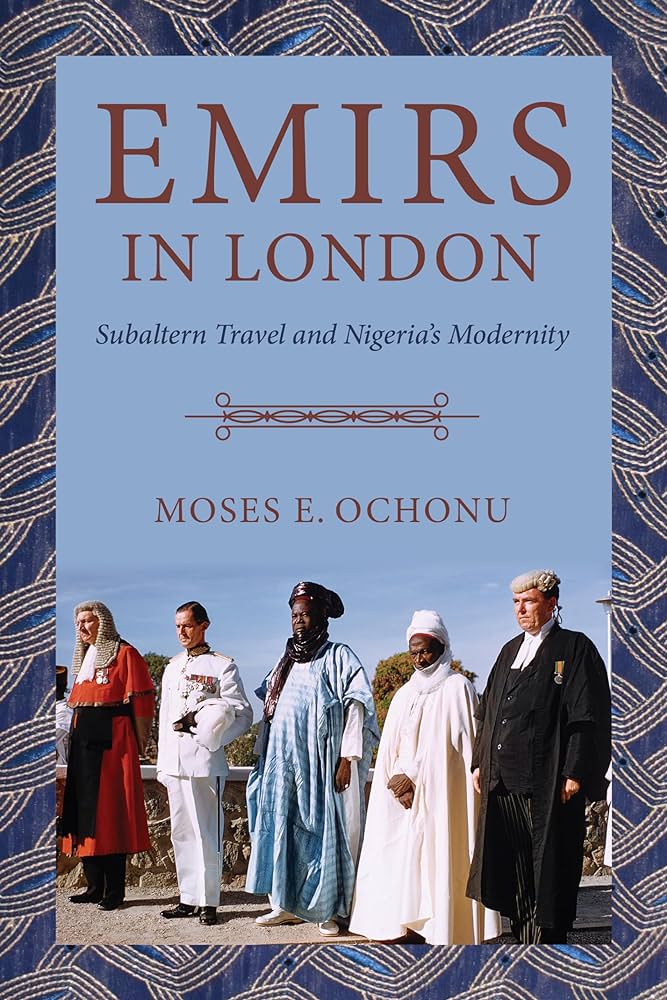Stamp: Emir Sheikh Isa bin Salman al-Khalifa and coat of arms (Bahrain 1992)
Emir Sheikh Isa bin Salman al-Khalifa and coat of arms (Bahrain 1992)
01 January (Bahrain ) within release Revenue goes into circulation Stamp Emir Sheikh Isa bin Salman al-Khalifa and coat of arms face value 500 Bahraini fils
| Stamp Emir Sheikh Isa bin Salman al-Khalifa and coat of arms in catalogues | |
|---|---|
| Colnect codes: | Col: BH R1992-01 |
Stamp is square format.
Revenue Reverend cat. no: R73aAlso in the issue Revenue:
- Stamp - Emir Sheikh Isa bin Salman al-Khalifa and coat of arms face value 50;
- Stamp - Emir Sheikh Isa bin Salman al-Khalifa and coat of arms face value 100;
- Stamp - Emir Sheikh Isa bin Salman al-Khalifa and coat of arms face value 500;
- Stamp - Emir Sheikh Isa bin Salman al-Khalifa and coat of arms face value 1;
- Stamp - Emir Sheikh Isa bin Salman al-Khalifa and coat of arms face value 5;
- Stamp - Emir Sheikh Isa bin Salman al-Khalifa and coat of arms face value 10;
- Stamp - Emir Sheikh Isa bin Salman al-Khalifa and coat of arms face value 30;
- Stamp - Emir Sheikh Isa bin Salman al-Khalifa and coat of arms face value 500;
Stamp Emir Sheikh Isa bin Salman al-Khalifa and coat of arms it reflects the thematic directions:
A coat of arms is an heraldic visual design on an escutcheon (i.e. shield), surcoat, or tabard. The coat of arms on an escutcheon forms the central element of the full heraldic achievement which in its whole consists of shield, supporters, crest, and motto. A coat of arms is traditionally unique to an individual person, family (except in the United Kingdom), state, organisation or corporation.
Emir (/əˈmɪər, eɪˈmɪər, ˈeɪmɪər/; Arabic: أمير ʾamīr [ʔæˈmiːr] , sometimes transliterated amir, amier, or ameer, is a word of Arabic origin that can refer to a male monarch, aristocrat, holder of high-ranking military or political office, or other person possessing actual or ceremonial authority. The title has a long history of use in the Arab World, East Africa, West Africa, Central Asia, and the Indian subcontinent. In the modern era, when used as a formal monarchical title, it is roughly synonymous with "prince", applicable both to a son of a hereditary monarch, and to a reigning monarch of a sovereign principality, namely an emirate. The feminine form is emira (أميرة ʾamīrah), with the same meaning as "princess". Prior to its use as a monarchical title, the term "emir" was historically used to denote a "commander", "general", or "leader" (for example, Amir al-Mu'min). In contemporary usage, "emir" is also sometimes used as either an honorary or formal title for the head of an Islamic, or Arab (regardless of religion) organisation or movement.
Famous People refers to the fame and public attention accorded by the mass media to individuals or groups or, occasionally, animals, but is usually applied to the persons or groups of people (celebrity couples, families, etc.) themselves who receive such a status of fame and attention. Celebrity status is often associated with wealth (commonly referred to as fame and fortune), while fame often provides opportunities to make money.
A head of state (or chief of state) is the public persona that officially represents the national unity and legitimacy of a sovereign state. In some countries, the head of state is a ceremonial figurehead with limited or no executive power, while in others, the head of state is also the head of government. In countries with parliamentary governments, the head of state is typically a ceremonial figurehead that does not actually guide day-to-day government activities and may not be empowered to exercise any kind of secular political authority (e.g., Queen Elizabeth II as Head of the Commonwealth). In countries where the head of state is also the head of government, the president serves as both a public figurehead and the actual highest ranking political leader who oversees the executive branch (e.g., the President of the United States).
A man is an adult male human. Prior to adulthood, a male human is referred to as a boy (a male child or adolescent).





